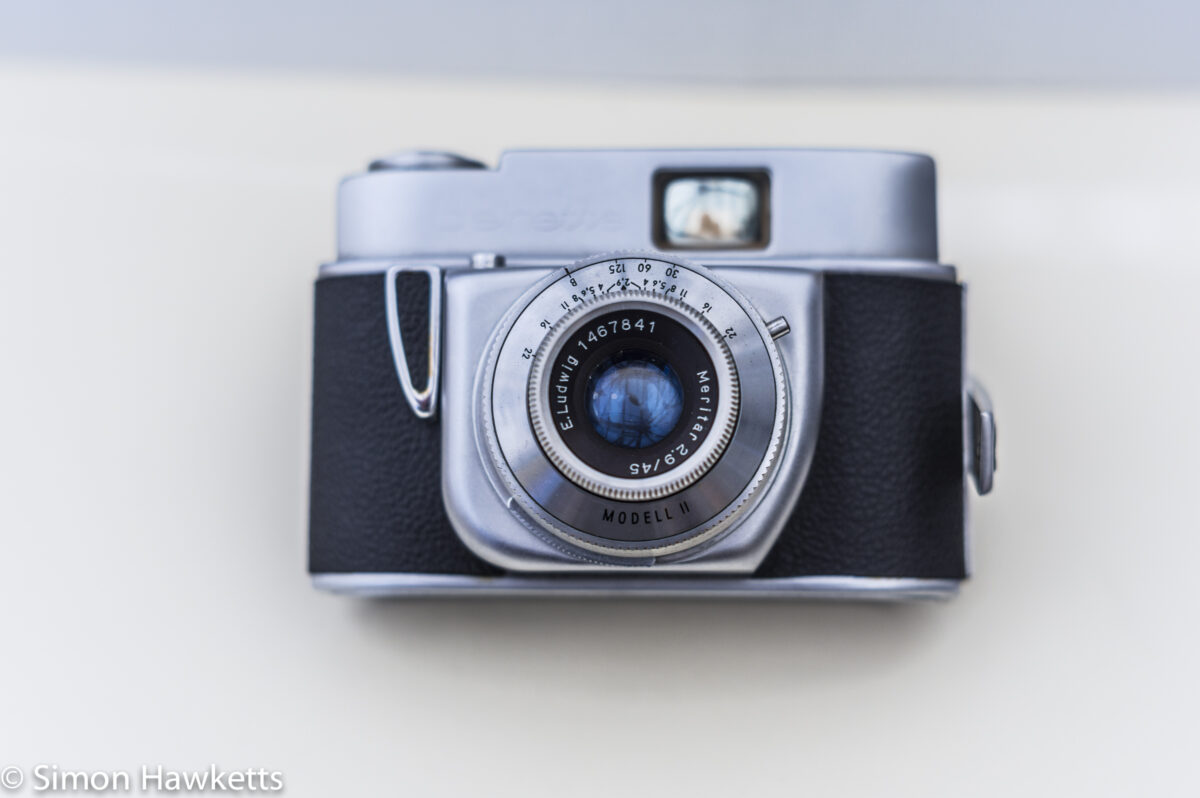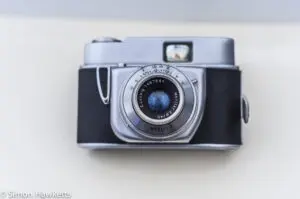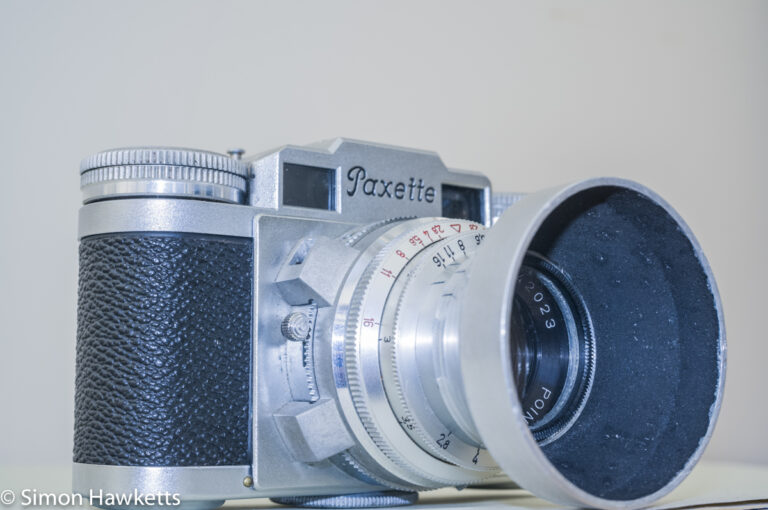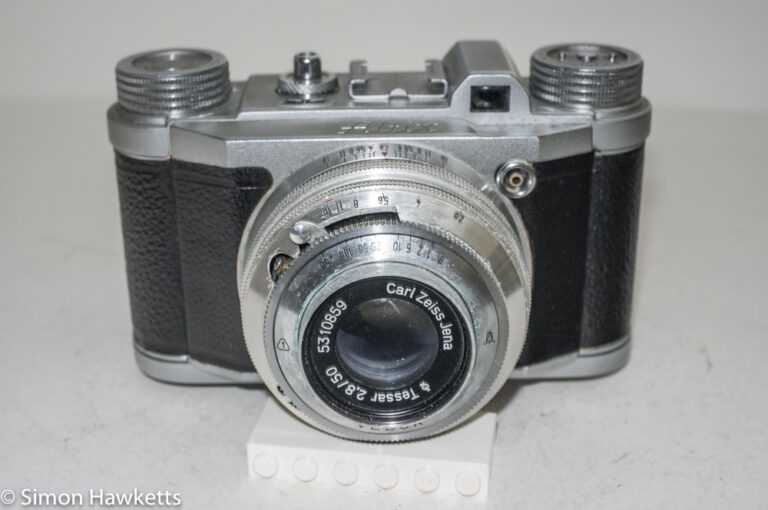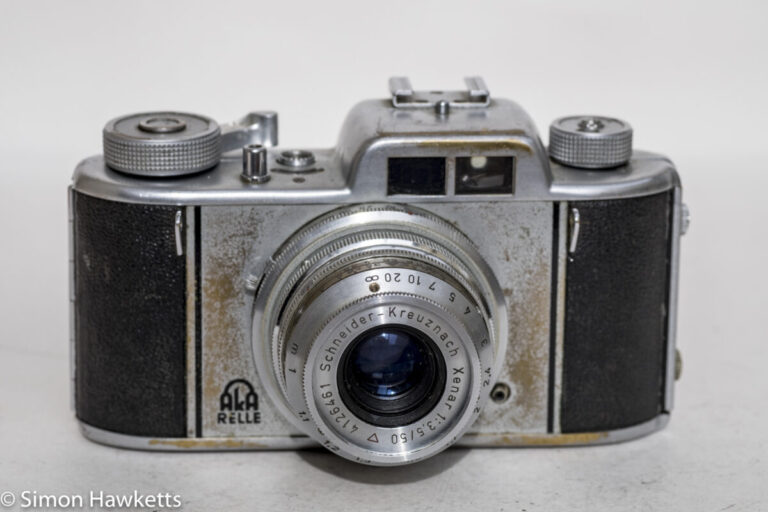The Nostalgic and poignant Beier Beirette model 11
This is a short post about a 35 mm viewfinder camera I bought this week – A Beier Beirette model 11.
Pictures of the Beier Beirette
This gallery shows a few pictures of the Beier Beirette that I bought.

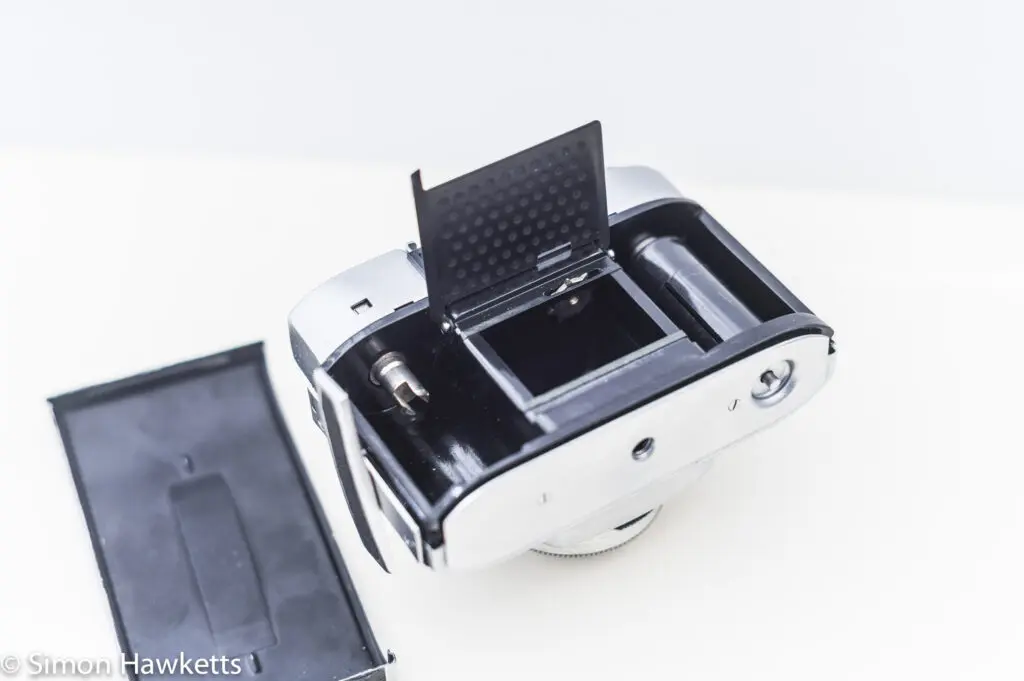
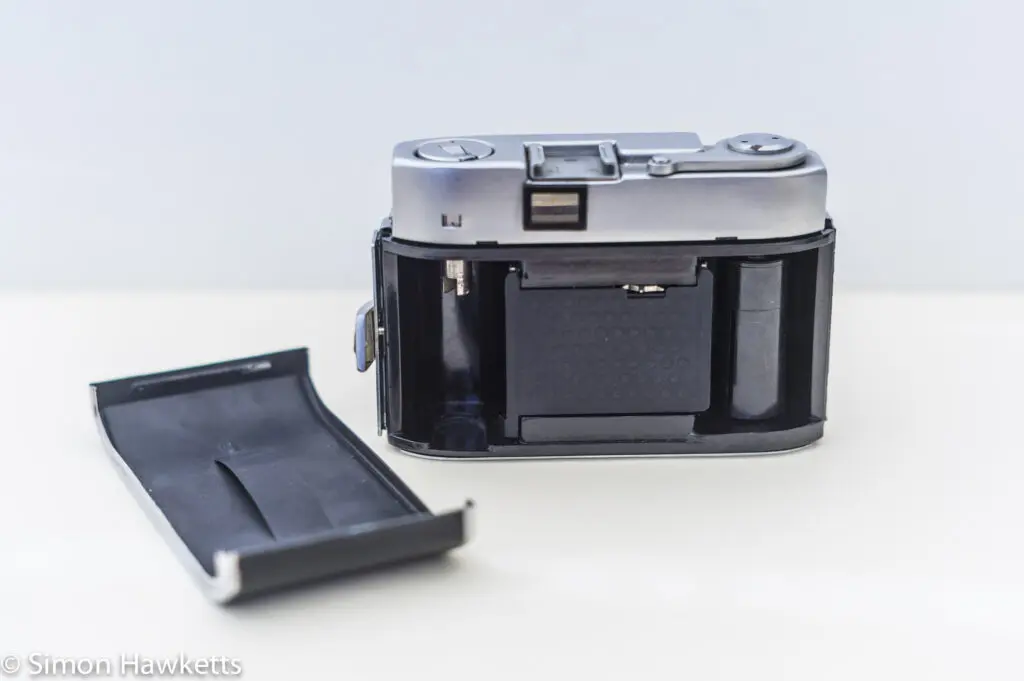
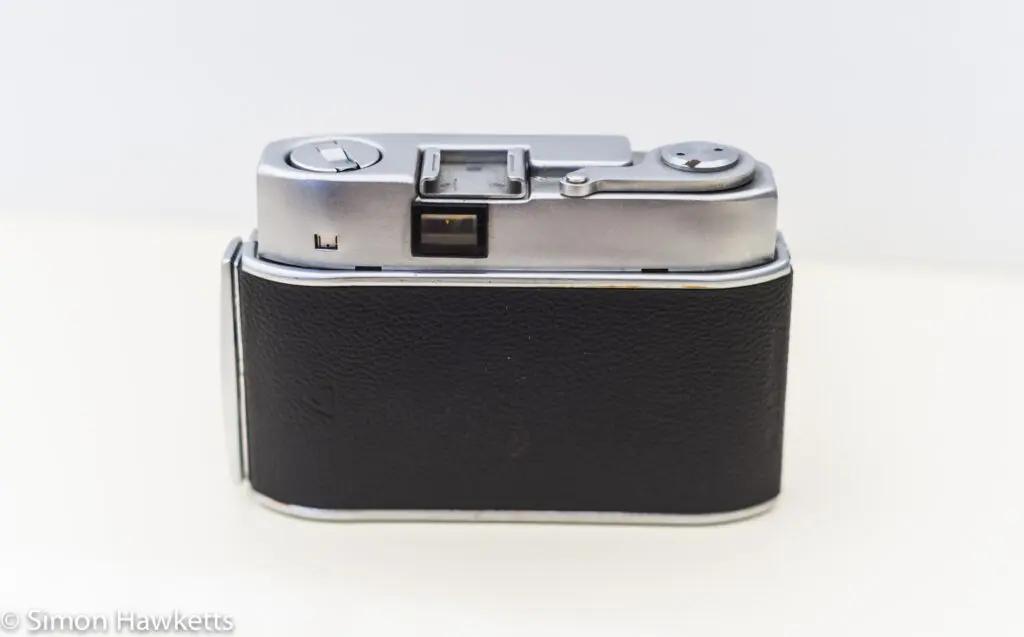
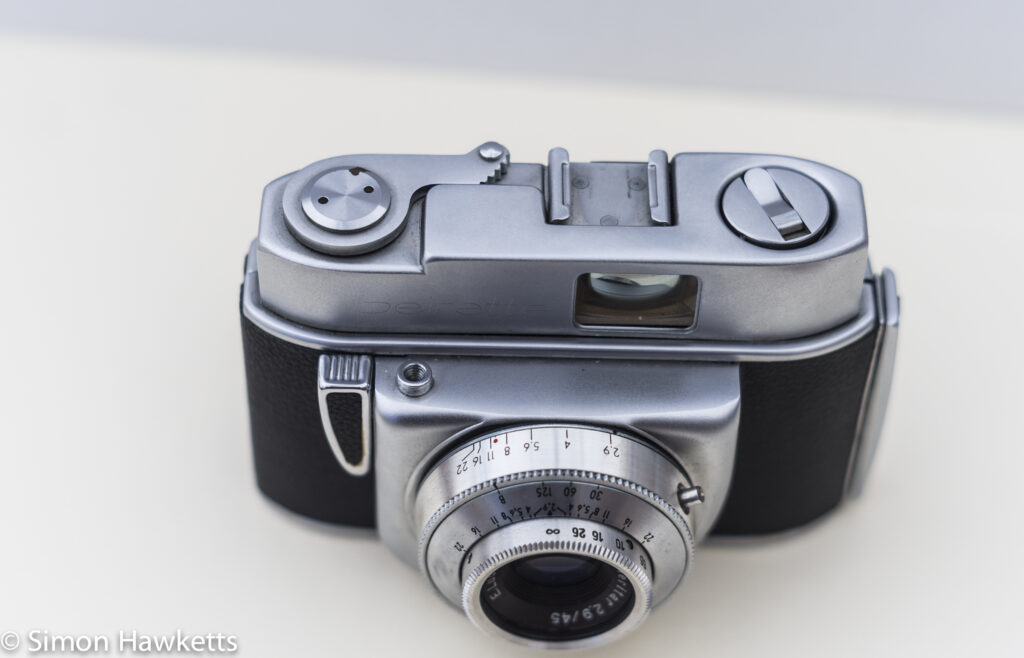
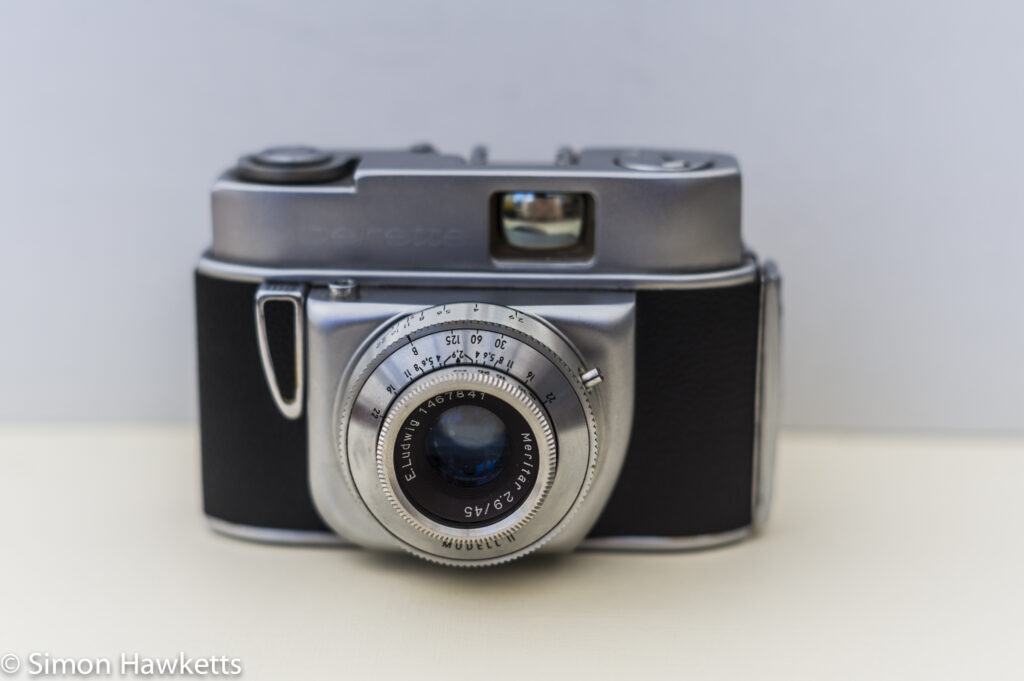
This is different from the cameras I usually buy because it is a simple viewfinder camera with a non-removable lens.
I normally buy cameras with a lens which will be useful on my NEX 6, but in this case I bought the camera because it is similar to the first ‘proper’ camera my Dad owned in the mid 1960s. In fact the model he bought was a Boots Beirette, which was a version sold by the well known chemist shop in the UK, and he used it for a good number of years until he upgraded to a Zenit B.
The Beier Beirette is a very simple camera.
There are just 3 shutter speeds 1/125, 1/60 & 1/30 and then a B setting. The aperture is continuously adjustable from f/2.9 to f/22 and the focus is adjusted by setting the distance on the lens. I remember my Dad had a rangefinder unit which he fitted to the hot shoe which allowed him to find the distance and then transfer the reading to the focus.
The lens is an E.Ludwig Meritar 45 mm f/2.9. There is a cable release socket fitted above the shutter, and a flash sync socket fitted to the side of the lens unit, and that is about it for connections.
The film wind on is odd because it doesn’t have anything which stops you winding on frame after frame, and it isn’t coupled to the shutter. This means you don’t ‘cock’ the shutter – it will fire as many times as you push the button. This is very useful if you want to make multiple exposures, but you would need to have a proper mental system in place to make sure you always know if you ‘wind and fire’ or ‘fire and wind’. Of course, it could be that my version is broken and there should be some mechanical stop on this action.
The film chamber is also different from any other I’ve seen. The pressure plate which keeps the film flat is not fitted to the camera back, but hinges down from the top of the chamber. To insert a film you would lift the pressure plate, thread the film through and drop the plate back down, then refit the back of the camera which is a separate unit on this camera.
All in all, this is a simple 1960s camera which I wouldn’t normally buy, but because of the connection to my Dad I got it. This is made more nostalgic and poignant by the fact that we lost my Dad to cancer last week.
Discover more from Everything Vintage
Subscribe to get the latest posts sent to your email.

